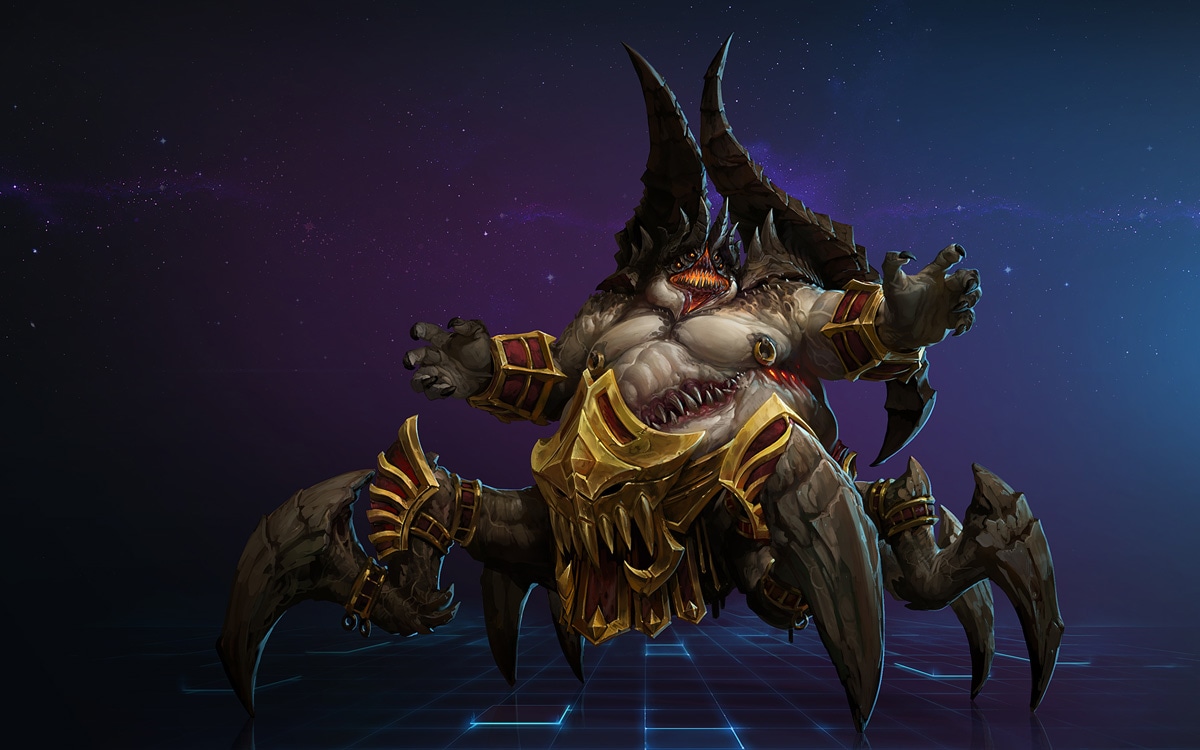The concept of Heroes of the Storm is very simple: play as your favorite characters from various Blizzard franchises in a massive hero (and villain) brawl. What makes them so compelling, that they are able to stay with us long after we've stopped playing the original franchise? It's that they resonate with our internalized mythology - adhering to age old archetypes of heroes and villains reinforced by everything from popular culture to bedtime stories. Their identities are already established in a sense, so their incarnation in Heroes and their previous games isn't our first time meeting them. We know them.
Just not nearly as well as we thought.
As much as we might know about them, we don't know how to play them. It's like having a friend who you've known for years suddenly working with you. You have to learn about them in a completely new way. In fact, it's probably even harder to do this because you're bringing a boatload of preconceptions to the table. Likewise, in order to provide fulfilling gameplay in a MOBA style game, implementing even the most classic hero is just as hard, if not harder, than creating a completely new character.
One of the biggest issues, aside from balanced gameplay, is capturing the essence or "fantasy" of a character in just six abilities (three basic, two heroics and their passive trait). A developer can't just copy what they used for a hero in a previous game, so they have to take a wider perspective and look beyond even their 20 years worth of source material. Most of the characters are cast in a certain mold, in regards to the creative space they occupy. If you truly want to deliver on a hero's (or villain's) fantasy, you have to understand what they represent, that is to say, find what mold fits them best and how to translate that into gameplay.
Blizzard has already done this with several characters and I don't think it's a coincidence that those are the most fun to play. I'll start off with one I've been playing a lot of recently - Azmodan. He fits the mold of the dark lord who commands a vast army of monsters, something akin to Sauron. Someone like that would rarely do their own fighting unless the enemy has fought through waves of minions to reach them - and Azmodan's kit insures that will be the case. With summoning his own demons and boosting the lane minions and mercenaries, the Lord of Sin is never without his army. His global trait to power up minions anywhere on the map only adds to the feeling that you're advancing on the enemy base from all sides.
Raynor is your standard bad boy hero. He's rough around the edges but when push comes to shove he's there to save the day - and his kit is built around promoting that archetype. For example, adrenaline rush/stim packs aren't exactly exclusive Raynor, but their effect of kicking for massive healing when he's at low health fits perfectly with the idea of the good guy finding that last reserve of strength when the odds are against him. You really feel like the hero of the story, so to speak, when you get chunk of health back and turn the tide just as your enemy readies for the finishing blow.
There are also heroes that suffer from a lack of a clear identity - and it shows through in different ways. I suspect that Tyrande's archetype was never pinned down in her development, and this manifests itself in the fractured design of her moveset. Her talents and abilities are a strange mix of support, damage and utility, making her jack of many trades but master of none.
While this obviously only one aspect of character design, in Heroes it's particularly important, where every character is larger than life, that they feel appropriately epic.



No comments:
Post a Comment